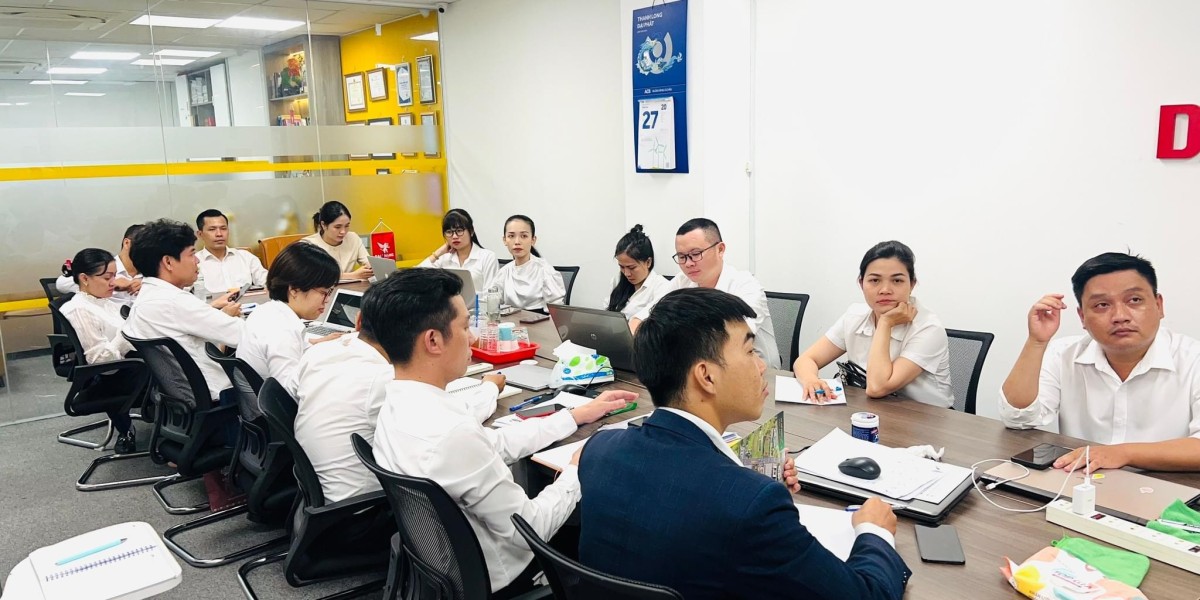DeepSeek-R1 the most recent AI model from Chinese startup DeepSeek represents an innovative development in generative AI innovation. Released in January 2025, it has actually gained global attention for its innovative architecture, cost-effectiveness, and extraordinary efficiency throughout multiple domains.
What Makes DeepSeek-R1 Unique?

The increasing need for AI designs capable of managing intricate reasoning tasks, long-context understanding, wiki.monnaie-libre.fr and domain-specific adaptability has exposed constraints in conventional thick transformer-based designs. These models typically suffer from:
High computational costs due to triggering all parameters during reasoning.
Inefficiencies in multi-domain job handling.
Limited scalability for massive releases.
At its core, DeepSeek-R1 distinguishes itself through an effective combination of scalability, setiathome.berkeley.edu effectiveness, and high performance. Its architecture is constructed on two foundational pillars: an innovative Mixture of Experts (MoE) structure and an advanced transformer-based design. This hybrid method allows the model to tackle complex tasks with extraordinary accuracy and speed while maintaining cost-effectiveness and attaining cutting edge results.

Core Architecture of DeepSeek-R1
1. Multi-Head Latent Attention (MLA)
MLA is a critical architectural development in DeepSeek-R1, introduced at first in DeepSeek-V2 and further fine-tuned in R1 designed to enhance the attention mechanism, lowering memory overhead and computational ineffectiveness throughout reasoning. It runs as part of the design's core architecture, straight impacting how the design procedures and produces outputs.
Traditional multi-head attention computes separate Key (K), Query (Q), pipewiki.org and Value (V) matrices for each head, which scales quadratically with input size.
MLA changes this with a low-rank factorization method. Instead of caching complete K and links.gtanet.com.br V matrices for each head, MLA compresses them into a latent vector.
During reasoning, these latent vectors are decompressed on-the-fly to recreate K and V matrices for each head which drastically decreased KV-cache size to just 5-13% of traditional methods.
Additionally, MLA incorporated Rotary Position Embeddings (RoPE) into its style by dedicating a portion of each Q and K head specifically for positional details preventing redundant learning across heads while maintaining compatibility with position-aware jobs like long-context thinking.

2. Mixture of Experts (MoE): The Backbone of Efficiency
MoE framework permits the model to dynamically activate only the most relevant sub-networks (or "professionals") for a provided task, ensuring effective resource utilization. The architecture consists of 671 billion parameters distributed across these professional networks.
Integrated vibrant gating system that takes action on which professionals are triggered based upon the input. For any offered query, just 37 billion criteria are triggered during a single forward pass, significantly decreasing computational overhead while maintaining high performance.
This sparsity is attained through techniques like Load Balancing Loss, which ensures that all professionals are utilized equally gradually to avoid bottlenecks.
This architecture is built on the foundation of DeepSeek-V3 (a pre-trained structure design with robust general-purpose abilities) further fine-tuned to boost thinking abilities and domain adaptability.
3. Transformer-Based Design
In addition to MoE, DeepSeek-R1 incorporates sophisticated transformer layers for natural language processing. These layers incorporates optimizations like sporadic attention systems and effective tokenization to catch contextual relationships in text, allowing exceptional comprehension and response generation.
Combining hybrid attention mechanism to dynamically changes attention weight circulations to enhance efficiency for both short-context and long-context scenarios.
Global Attention captures relationships throughout the entire input series, ideal for jobs requiring long-context comprehension.
Local Attention concentrates on smaller sized, contextually significant sectors, such as surrounding words in a sentence, enhancing effectiveness for language tasks.
To streamline input processing advanced tokenized techniques are integrated:
Soft Token Merging: opensourcebridge.science merges redundant tokens throughout processing while maintaining vital details. This lowers the number of tokens passed through transformer layers, improving computational effectiveness
Dynamic Token Inflation: counter prospective details loss from token merging, the design utilizes a token inflation module that restores crucial details at later processing phases.
Multi-Head Latent Attention and Advanced Transformer-Based Design are closely associated, as both handle attention mechanisms and transformer architecture. However, they focus on different aspects of the architecture.
MLA specifically targets the computational efficiency of the attention mechanism by compressing Key-Query-Value (KQV) matrices into latent areas, lowering memory overhead and reasoning latency.
and Advanced Transformer-Based Design concentrates on the general optimization of transformer layers.
Training Methodology of DeepSeek-R1 Model
1. Initial Fine-Tuning (Cold Start Phase)
The procedure begins with fine-tuning the base design (DeepSeek-V3) utilizing a small dataset of thoroughly curated chain-of-thought (CoT) reasoning examples. These examples are carefully curated to make sure variety, clearness, larsaluarna.se and logical consistency.
By the end of this stage, the model demonstrates improved reasoning capabilities, setting the phase for advanced training stages.
2. Reinforcement Learning (RL) Phases

After the preliminary fine-tuning, DeepSeek-R1 undergoes several Reinforcement Learning (RL) stages to more improve its reasoning capabilities and guarantee alignment with human preferences.

Stage 1: Reward Optimization: Outputs are incentivized based upon accuracy, readability, and formatting by a benefit model.
Stage 2: Self-Evolution: Enable the design to autonomously develop advanced thinking behaviors like self-verification (where it examines its own outputs for consistency and bbarlock.com accuracy), reflection (determining and correcting mistakes in its thinking process) and error correction (to improve its outputs iteratively ).
Stage 3: Helpfulness and Harmlessness Alignment: Ensure the design's outputs are useful, harmless, and lined up with human preferences.
3. Rejection Sampling and Supervised Fine-Tuning (SFT)
After producing a great deal of samples only top quality outputs those that are both precise and readable are picked through rejection tasting and benefit design. The design is then more trained on this fine-tuned dataset using monitored fine-tuning, which includes a broader series of concerns beyond reasoning-based ones, enhancing its proficiency throughout multiple domains.
Cost-Efficiency: A Game-Changer
DeepSeek-R1's training cost was around $5.6 million-significantly lower than completing models trained on pricey Nvidia H100 GPUs. Key aspects adding to its cost-efficiency include:
MoE architecture decreasing computational requirements.
Use of 2,000 H800 GPUs for training instead of higher-cost options.
DeepSeek-R1 is a testimony to the power of development in AI architecture. By integrating the Mixture of Experts framework with support knowing techniques, it delivers advanced outcomes at a portion of the expense of its competitors.








